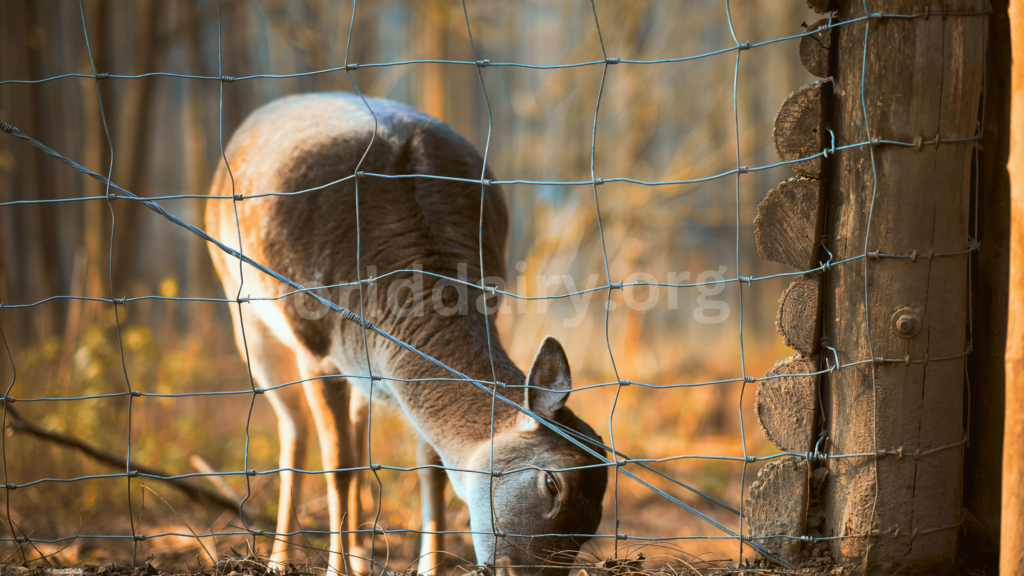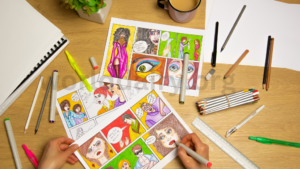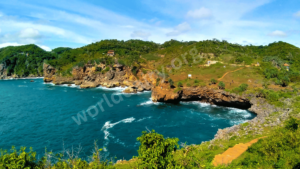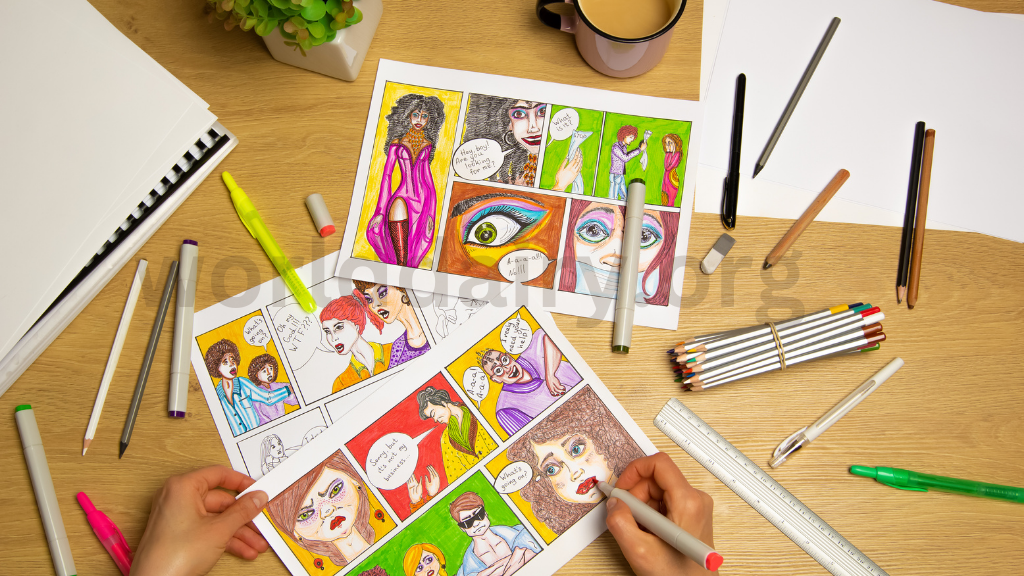Understanding The Concept of Zoo Art
Zoo art is a distinct genre that portrays the spirit of animals in both their natural habitats and the controlled conditions of zoos. It uses a variety of mediums and techniques, each providing a unique viewpoint on the animal kingdom. Historically, animal art has been used to document, tell stories, and express oneself, bringing insights into the natural world and our relationship to it.
Zoo artists frequently engage with zoologists and conservationists to create works that not only highlight the beauty of animals, but also raise awareness about wildlife preservation. This convergence of art and science strengthens both areas, promoting a greater awareness for the natural environment.
The Evolution and History of Zoo Art
Zoo art has been around as long as art itself. Prehistoric cave paintings from Lascaux, France, dating back over 17,000 years, contain early animal images. These early works were largely intended for ritualistic purposes, reflecting the spiritual significance of animals in ancient cultures.
The depiction of animals varied over time as art did. During the Renaissance, painters such as Leonardo da Vinci and Albrecht Dürer carefully studied and portrayed animals, combining scientific observation with creative expression. The establishment of zoos in the nineteenth century gave artists with unprecedented possibilities to study and depict exotic wildlife, resulting in an increase in animal-themed art.
Zoo art has evolved over time, encompassing a wide range of styles and mediums, from conventional paintings and sculptures to current digital art and installations. Artists such as Walton Ford and Robert Bateman have provided new perspectives on zoo art, emphasizing both the beauty and hardship of wildlife in the modern world.
Techniques and mediums for creating captivating animal art
Zoo art spans a wide range of styles and mediums, each with its own unique possibilities for portraying the essence of animals. Painting and sculpting are still popular mediums because they allow artists to experiment with texture, form, and color in depth.
Painting, for example, can range from realistic renderings to abstract interpretations, each capturing different characteristics of the animal’s personality and environment. Watercolors, oils, and acrylics are popular mediums, with each having unique texture and brightness benefits.
In contrast, sculpture allows for a three-dimensional examination of animal shapes. Artists frequently use materials such as clay, metal, and wood to produce realistic reproductions or stylized abstractions that emphasize specific traits or movements.
In recent years, digital art has gained traction in the field of zoo art. Artists can use digital tools to create extremely detailed and dynamic images that typically include aspects of animation and interactive media. This media is especially useful for educational reasons because it can bring animals to life in an interesting and informative manner.
Famous Zoo Artworks and Renowned Artists
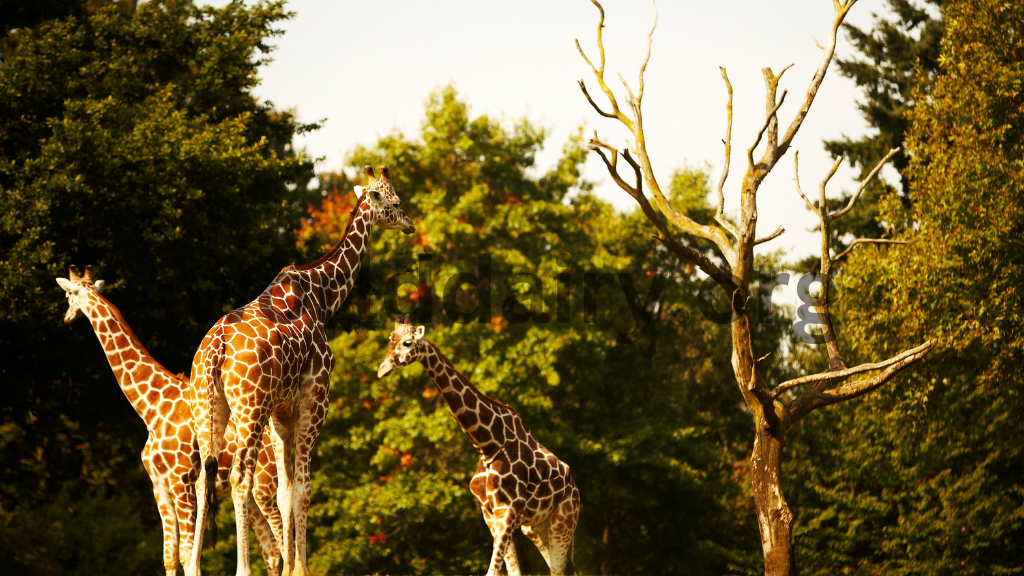
Several artists have made significant contributions to the art of zoos, creating pieces that have received international recognition. Walton Ford, for example, is well-known for his large-scale paintings that combine precise detail with narrative depth, frequently depicting the complicated relationships between humans and animals.
Another well-known artist in zoo art is Robert Bateman, whose realistic paintings depict the beauty and majesty of wildlife. Bateman’s work is lauded not only for its artistic merit, but also for its role in conservation advocacy. His realistic and lifelike depictions of animals in their natural environments have encouraged many people to value and protect wildlife.
Contemporary artists that experiment with new mediums and techniques also contribute to zoo art. Android Jones, for example, employs cutting-edge technology to produce immersive and interactive animal art that challenges traditional zoo art.
How Zoos Help Promote Animal Art
Zoos play an important role in the promotion and advancement of zoo art. Many zoos include art programs and initiatives that help artists and provide opportunities to showcase their work. These programs frequently feature collaborations between artists, zoologists, and educators, allowing for interdisciplinary learning and involvement.
The David Shepherd Wildlife Foundation, for example, hosts the Wildlife Artist of the Year competition each year, which showcases great wildlife art from throughout the world. Many participating artists find inspiration in zoos, where they may view animals up close and collect extensive reference material.
Additionally, zoos frequently organize art exhibitions and workshops, allowing visitors to participate in the artistic process while also learning about the importance of wildlife protection. These initiatives not only benefit artists, but also improve the educational value of zoos by forging a stronger connection between visitors and the animals they see.
Case Studies on Captivating Animal Art
Several zoo art initiatives have had a significant impact on both the art and conservation communities. One famous example is artist Joel Sartore’s Photo Ark project. Sartore’s ambitious project seeks to document every species in captivity, resulting in a comprehensive visual library of the planet’s biodiversity.
The Photo Ark initiative has increased awareness about endangered species and the importance of conservation, reaching a global audience through exhibitions, books, and digital media. Sartore’s beautiful images highlight each animal’s beauty and frailty, inspiring viewers to think about their involvement in wildlife conservation.
Another notable effort is the collaboration between artist Ai Weiwei and the San Diego Zoo. Weiwei developed a series of sculptures and installations inspired by the zoo’s animals, which addressed themes such as habitat degradation and climate change. His work raised awareness of the zoo’s conservation initiatives and generated discussions about the environmental difficulties that species face.
The Effects of Zoo Art on Conservation and Education
Zoo art helps to raise conservation awareness and promote environmental education. By depicting the beauty and intricacy of animals, artists inspire people to appreciate and protect the natural environment. Art has the ability to elicit emotions and transmit messages in ways that scientific data alone cannot, making it an effective tool for conservation advocacy.
Many zoo art initiatives aim to educate the public about certain animals and the challenges they face. Educational activities frequently accompany art exhibitions, informing audiences about conservation initiatives and inspiring them to take action. These programs may include guided tours, interactive displays, and seminars that provide participants with hands-on learning experiences.
The incorporation of art and education into zoos results in a holistic approach to conservation, combining visual appeal with instructive content. This method not only improves the visitor experience, but it also promotes environmental responsibility and care.
Future of Zoo Art: Trends and Innovations
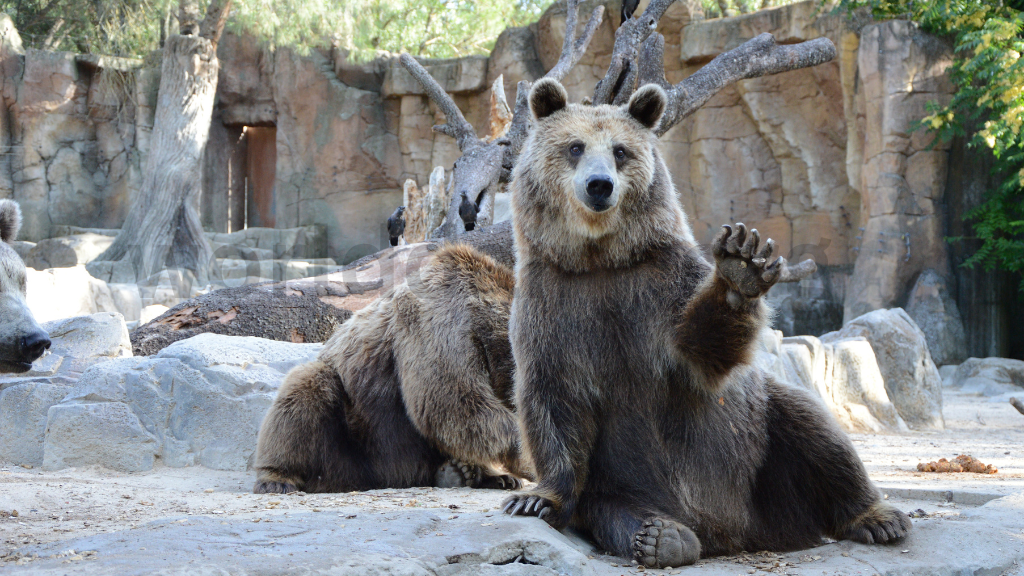
The future of zoo art is characterized by intriguing trends and ideas that promise to enrich this distinct genre. Emerging technologies, such as virtual reality (VR) and augmented reality (AR), are expanding the potential for immersive and interactive zoo art experiences. These technologies enable artists to construct virtual worlds in which viewers can explore and interact with animals in novel ways.
Another trend is the increased use of sustainable and environmentally friendly materials in zoo art. Artists are becoming more concerned of their environmental impact, using recycled and biodegradable materials in their work. This move not only reflects conservation ideals, but it also adds a new level to art by emphasizing the interconnection of all species.
Collaborations among artists, scientists, and conservationists are also on the rise, encouraging novel approaches to both art and wildlife protection. These collaborations bring together a variety of perspectives and experience, resulting in innovative solutions to environmental concerns.
How You Can Participate in the Art of Zoo
There are numerous opportunities for anyone interested in learning about the art of zookeeping. Aspiring zoo artists can begin by studying renowned artists’ techniques and styles, attending workshops, and honing their craft by sketching and painting animals at nearby zoos.
Opportunities for partnership with zoos and environmental organizations abound. Many zoos have artist-in-residence programs, which allow artists to work on-site and connect with the zoo’s community. Volunteering or internship with these organizations will help you gain significant experience and connections in the field of zoo art.
There are several resources and communities accessible for zoo art enthusiasts. Online venues like art forums and social media groups allow artists to publish their work, receive comments, and interact with others who share their interests. Participating in painting competitions and exhibitions can also help you acquire visibility and reputation in the zoo arts community.
Conclusion: The Everlasting Charm of Zoo Art.
The art of zookeeping continues to captivate and inspire, providing a unique blend of beauty, ingenuity, and conservation. By delving into the genre’s rich history, different techniques, and influential initiatives, we may better understand the critical role that zoo art plays in boosting wildlife awareness and developing a closer connection to nature. As we look to the future, fresh trends and collaborative efforts in zoo art promise to increase its significance, ensuring that the allure of animal art lives on for generations.
FAQs
What is zoological art?
Zoo art is a distinct genre that depicts the spirit of animals using diverse artistic techniques such as painting, sculpture, and digital art, frequently emphasizing both the beauty and conservation requirements of wildlife.
How can zoos encourage animal art?
Zoos support animal art by organizing art programs, exhibitions, and competitions, and they frequently collaborate with artists to create works that raise awareness about wildlife conservation and increase visitor engagement.
Who are some popular zoo artists?
Walton Ford, recognized for his intricate watercolors exploring human-animal connections, and Robert Bateman, celebrated for his realistic wildlife paintings promoting conservation, are two notable zoo artists.
What influence does zoo art have on conservation?
Zoo art contributes greatly to conservation by raising public awareness, teaching audiences about endangered species, and inspiring action through visually appealing and instructive artworks.
What are the latest trends in zoo art?
Emerging themes in zoo art include the use of virtual and augmented reality for immersive encounters, sustainable materials for environmentally responsible productions, and artist-conservationist collaborations.

